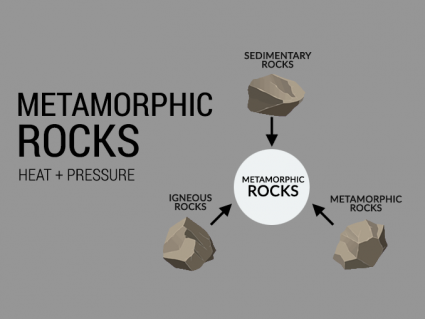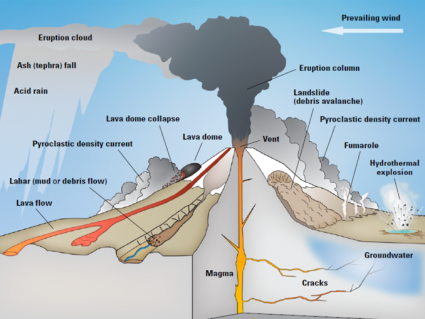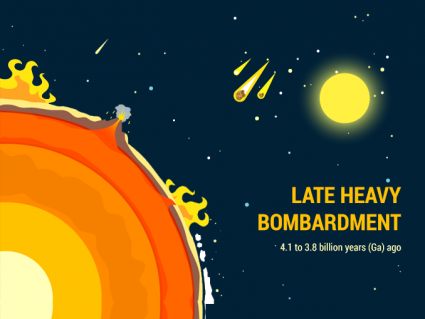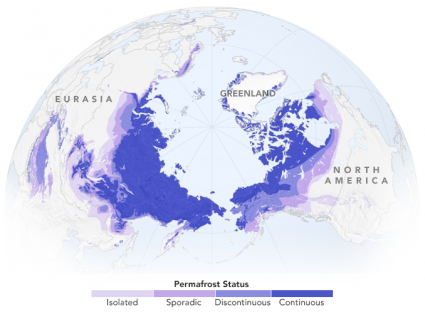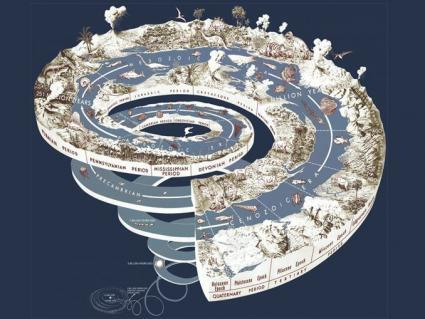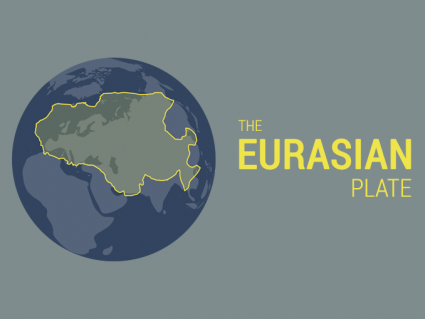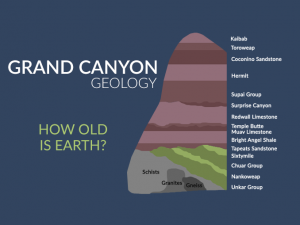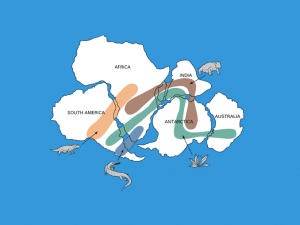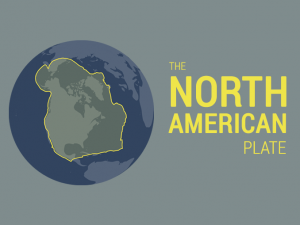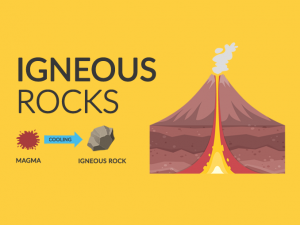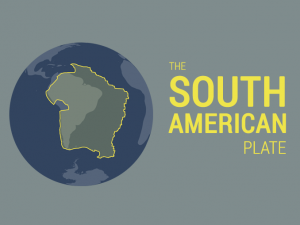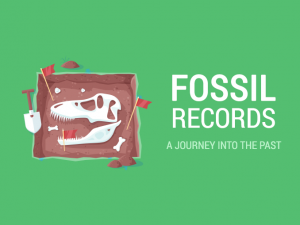Volcanic Bombs: What Is a Lava Bomb?

What are volcanic bombs made of?
Lava bombs (volcanic bombs) are chunks of molten rock shot from a volcano. When a volcano erupts, it launches these rocks into the air. While flying, they cool down, harden, and land as solid pieces of rock. They’re mostly made of basalt, a common volcanic rock.
Types of volcanic bombs
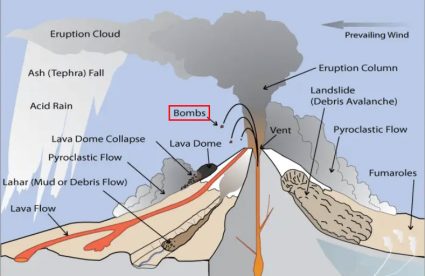
Lava bombs come in different shapes and sizes, each with its unique features. We mostly categorize them by their cooling and flight patterns.
Some have smooth surfaces, while others are more rough and jagged. The type of lava bomb reflects the conditions under which they form and cool.
Here are some of the most common examples of the different types of volcanic bombs:
1. Spheroidal bombs
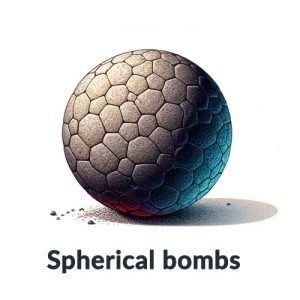
Spheroidal bombs are a type of lava bomb that take on a nearly perfect spherical shape. They form when molten lava is ejected into the air. Next, they rotate rapidly, cooling and solidifying into a round form.
The smooth surface is from the uniform cooling process when flying airborne. Even during the chaos of a volcano eruption, the physics of this type of volcanic bomb takes on a near-sphere shape.
2. Breadcrust bombs
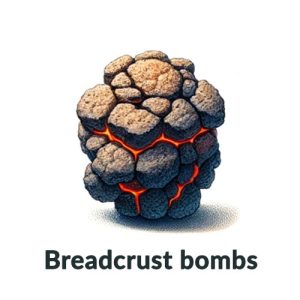
Breadcrust bombs have a unique appearance that sets them apart. As they cool, the outer surface contracts and cracks. This is why the crust resembles a loaf of bread.
This cracking happens because the inside stays molten longer, expanding against the cooling crust. The surface of these bombs is typically rough and jagged with a distinctive cracked pattern like they’ve come out of the oven.
3. Spindle bombs
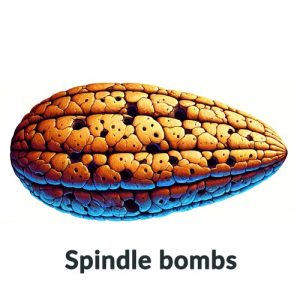
Spindle lava bombs have an elongated, fusiform shape, resembling a spindle. This shape is due to their rotation in the air in the molten state. As they cool, they can also resemble the shape of an almond.
The ends often taper to points, which is a result of this spinning motion. Finally, their surface can be smooth or rough, depending on how quickly they cool. The ends of spindle bombs can also appear twisted.
4. Cow pie bombs

Cow pie lava bombs, while not a standard term in volcanic studies, have shapes and textures reminiscent of cow dung. These would be flat and somewhat rounded, with a somewhat smooth or pitted surface.
This simulates the appearance of cow dung after it hits the ground and spreads out. This spreading occurs if the bomb is still partially molten when it lands, allowing its own momentum to flatten it out.
5. Ribbon bombs

Finally, ribbon bombs are a type of lava bomb with elongated, ribbon-like shapes. They form when a piece of molten lava is ejected into the air. It stretches into a thin, ribbon-like form before solidifying.
This stretching occurs due to the lava’s viscosity and the air resistance during flight. The surface of ribbon bombs can be smooth or slightly textured. It depends on the cooling process and the environment’s conditions.
How far can a lava bomb travel?
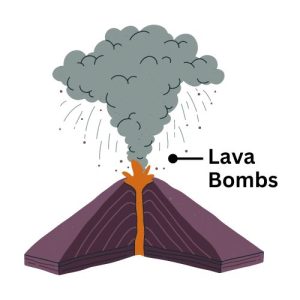
The distance a lava bomb can travel depends on several factors. But the size of the eruption and the force behind it play big roles.
For instance, a strong eruption can hurl lava bombs several kilometers away from the volcano. Smaller eruptions might only send them a few hundred meters.
The size and shape of the lava bomb also affect how far it goes. Larger, heavier bombs won’t travel as far as smaller, lighter ones. The wind has a limited influence but it can carry lighter bombs further.
How big can volcanic bombs get?
From small pebbles to massive boulders, volcanic bombs can vary greatly in size. The smallest ones might be just a few centimeters in diameter, easily fitting in the palm of your hand. On the other hand, the largest ones can be several meters across, weighing tons.
The size of a volcanic bomb largely depends on the eruption’s strength and the magma’s viscosity. Stronger eruptions can produce larger bombs. The type of volcanic activity and the magma’s properties influence their size and shape.
Some of the largest recorded bombs are over 5 meters in diameter. For example, this includes the eruption of Mount Asama in 1935. The lava bombs that were recorded were as big as a car.
READ MORE: USGS Volcano Hazard Glossary

